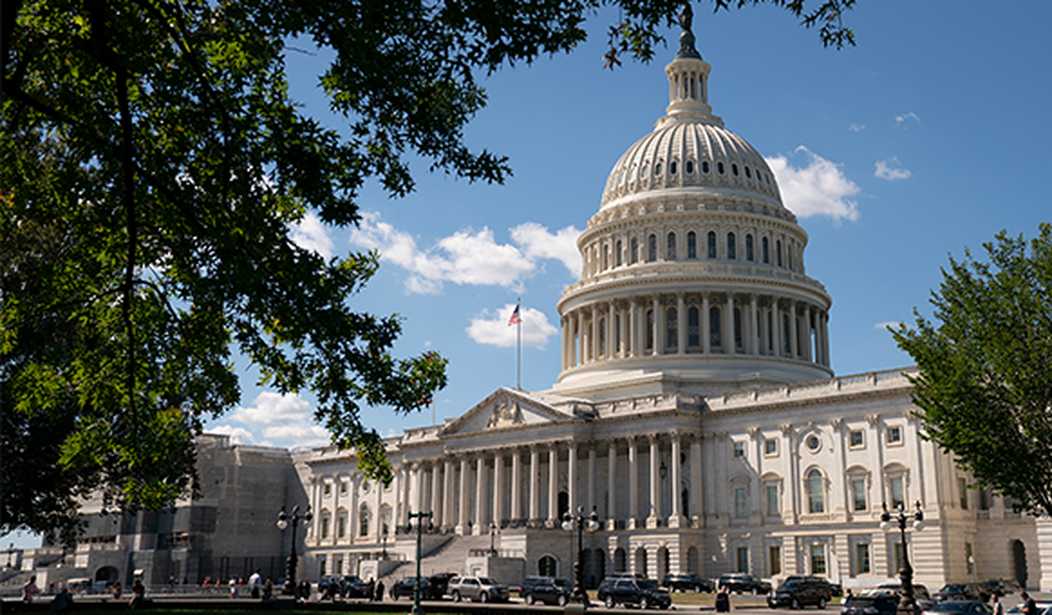There is an inherent push-pull in the regulatory state. We have a complex and deliberative regulatory process to create new regulations and reform existing ones, and have this so as to protect individual rights. But at the same time, these complex regulations (and the laws undergirding them) sometimes have to be changed in order to deal with the evolution of society—especially when it comes to policies dealing with technology.
As the saying goes, one “human” year equals seven years for a dog—and these “dog years” govern things from a dog’s behavior to his or her health care or nutritive care. Given how technology changes, the same can hold true for high-tech as well. Every month, every year brings massive advancement—to the point where years could mean decades for high tech, and decades themselves ought to be considered centuries.
With that in mind, lawmakers have to be looking at reforms to the 1992 Cable Act. Twenty-seven years is more than a lifetime in the technology world… it’s several lifetimes. The year 1992, for most people, is pre-internet, pre-email, pre-cell phone. It predates the real revolution in consumer satellite television usage—and represents an era where most people consumed their television broadcasting with either a set-top cable box, roof-mounted antenna, or using their TV’s own “rabbit ears”.
At the time the 1992 Cable Act was passed, Congress could not envision that anything would supplant local cable monopolies, and so it enshrined rules governing how broadcasters and retransmitters would interact and negotiate. As such, Congress carved out special protections for traditional broadcast television networks in which pay TV and cable companies were either forced to negotiate compensation with broadcasters to retransmit what those broadcasters were transmitting free “over the air”, or, if the cable company didn’t want to negotiate with the broadcaster, the broadcaster could opt for a “must carry” option in which the cable company would not be compensated by the broadcaster for carrying the channel.
Recommended
While, in theory, this could be considered a “win-win” because the cable companies get programming and the broadcast channels get either compensation or exposure, the reality is that in a truly free-market system, the cable company wouldn’t be mandated to carry any particular channels. Instead, they could choose to negotiate with whomever they wanted, and the consumer would simply be able to choose which channels he or she wanted to have delivered.
In creating the original “retransmission consent” structure, Congress intended to protect television broadcasters when negotiating with a monopoly cable provider in many markets. But despite the truly transformative change in the marketplace, television broadcasters continue to enjoy the same government protections. Broadcasters have become a de facto public utility where each pay TV provider is forced to negotiate in a marketplace distorted by government rules.
Thankfully, reforms have been proposed. Recently, House Republican Whip Steve Scalise (R-LA) and Congresswoman Anna Eshoo (D-CA), introduced the Modern Television Act of 2019, a bill to repeal outdated regulations of the 1992 Cable Act, including retransmission consent and compulsory copyright license, to increase competition in the TV marketplace and to better address perennial broadcast TV blackouts.
In announcing this, Congresswoman Eshoo said,
"These outdated laws aren’t just bad for the market, they’re hurting consumers. When blackouts take place, consumers are held hostage during the disputes between the broadcasters and the cable company. This year, there have been over 200 blackouts. That’s more than double the number from a few years prior. In fact, my constituents are facing major broadcast blackouts right now. These outdated regulations end up hurting consumers in their wallets.”
Congressman Scalise added:
"It’s the end of the road for the outdated 1992 video laws. It’s time for Congress to finally modernize these laws. Our bill goes back to basic copyright protection, so that everyone gets paid for their product, and consumers get to choose whatever they want to buy, wherever they want to buy it, whatever device they want to watch their video on.”
The Modern Television Act of 2019 is solid, bi-partisan legislation that needs across-the-board support. It recognizes that the media landscape has shifted substantially since 1992, provides meaningful reforms, and serves consumers well. These rules need to be updated—and it is up to Congress to do that updating.
Andrew Langer is President of the Institute for Liberty. He teaches in the Public Policy Program at William & Mary

























Join the conversation as a VIP Member